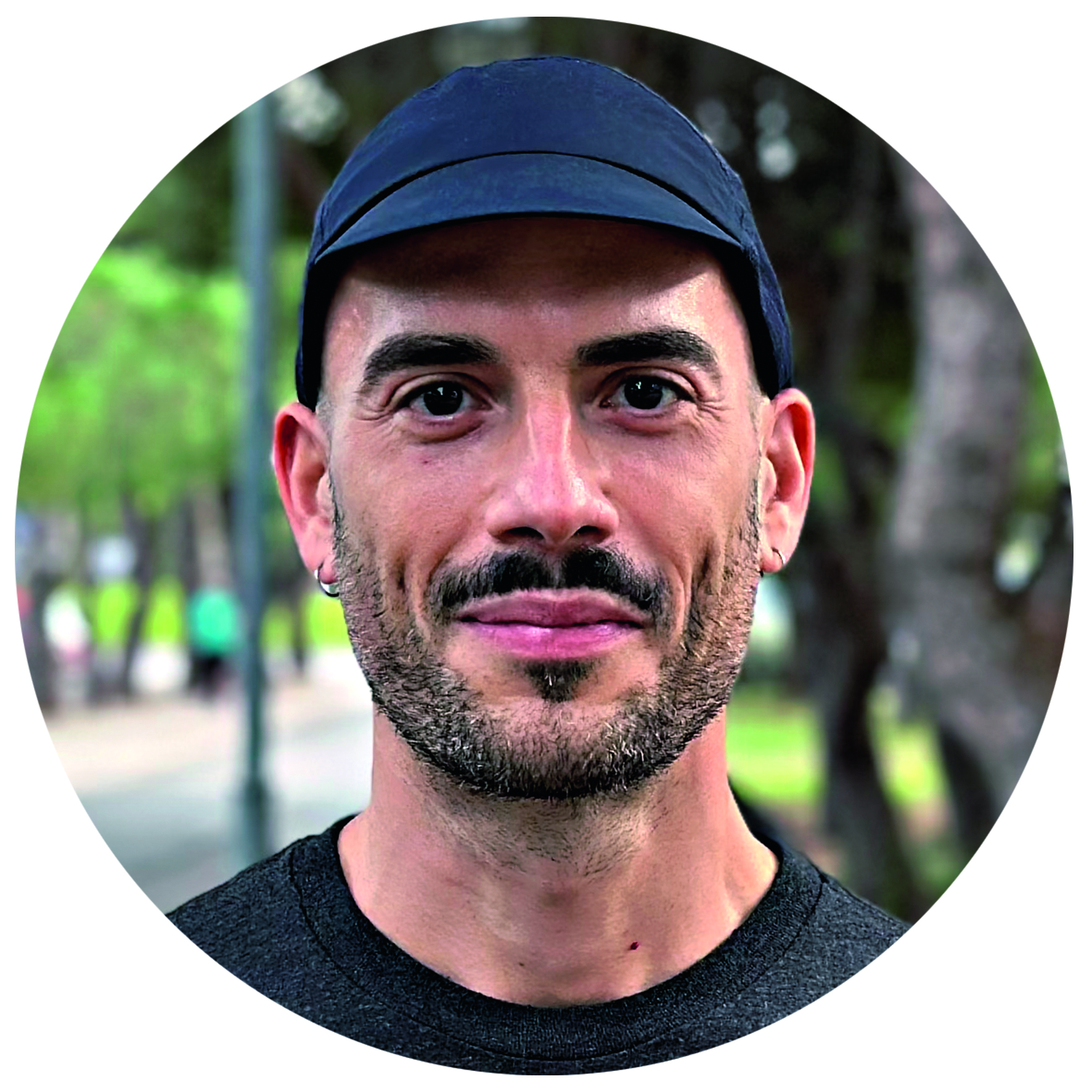Ask the expert: What is heart rate variability and does it matter?
Marco Altini highlights the importance of an overlooked marker of fatigue


There are certain nagging questions in cycling that have a tendency to generate conflicting opinions and a confusing array of different views. In this ASK THE EXPERT series from Cycling Weekly’s print edition, we seek to clear up confusion by seeking out the experts best qualified to provide, if not the final word, then at least authoritative advice supported by verified expertise.
As a cyclist experiences stress – physical or psychological – their body responds via changes in autonomic nervous system activity. This innervates the heart, affecting heart rhythm. This is why measuring heart rate and heart rate variability (HRV) gives us insights into the stress response.
HRV refers to the variability between heartbeats – because even at a steady heart rate, heartbeats are not uniform or entirely regular. Measured in milliseconds, HRV is the variation in timing between consecutive beats. As such, HRV captures information not present in heart rate alone, and is a more sensitive marker of stress. As a non-invasive proxy of our body’s response to stress, HRV allows us to better understand how we are responding to training and other stressors, enabling us to make meaningful adjustments. Aside from training, stressors that may have an effect on resting physiology include psychological stress, sickness, alcohol intake, travel, and general life demands.
Very strong stressors usually have a clear visible effect on our resting heart rate. However, more subtle stressors such as small changes to training are better captured by HRV. Everyone experiences stress, so HRV is a useful tool regardless of the level at which you’re training and competing. In fact, in many cases HRV is more useful to recreational athletes who need to balance training with work and other commitments, potentially dedicating less time to proper recovery. It’s important to understand that HRV is not a replacement for a training plan, nor does it trump subjective feelings. HRV is only meaningful in the context of a solid training plan and in combination with how you feel. Starting with a plan, we can use HRV to make adjustments while paying attention to how the data corresponds to feelings of fatigue and freshness.
When choosing an HRV app or sensor, look for verification that the data it captures is equivalent to an ECG. If not, it may not be sufficiently accurate. HRV should be measured as soon as you wake up, while sitting relaxed. Wearables that measure HRV automatically may fall short in this regard, especially those that provide only sporadic data points. Validated options include the app that I co-founded, HRV4Training, the Oura ring, the Polar Vantage, and Polar chest-straps.
Now to interpreting the data. HRV of between 50 and 100 milliseconds is typical for a healthy young adult, but the principle “higher is better” is too simplistic. Instead, aim to keep HRV in the normal range specific to you – which your software of choice needs to provide. An unusually high HRV (for you), together with a suppressed heart rate, might denote a state of fatigue, not a state of high readiness. This is why accurate interpretation really matters. A good HRV is not necessarily a high HRV but a stable one. Comparing your normal range with your daily score is the only meaningful way to detect a change in physiology on any given day.
Heart rhythm is influenced by a series of processes triggered by stress. HRV is a useful proxy for stress. However, to make use of HRV data, we need to collect accurate data, at a meaningful time, and interpret it with respect to an individual’s normal range. By doing so, we can obtain objective feedback on our response to training and other stressors. This feedback can then be used to assess whether everything is going according to plan. Using a well-designed training plan and making HRV-guided adjustments as necessary can lead to improved performance, as shown in recent research.
The latest race content, interviews, features, reviews and expert buying guides, direct to your inbox!
Low HRV – what now?
A suppression in HRV with respect to your normal range highlights that your body may not be ready to absorb any additional stress. Depending on the level at which you’re training, reducing training stress could mean taking an extra day off, going for an easy ride, or reducing the duration of a workout. The intensity of the stimulus here matters more than the duration, and that’s what you should first adjust. Recent research on HRV-guided training suggests that the training plan does not need to be modified as soon as HRV is suppressed. Changes are implemented as and when the baseline HRV (weekly average) is below the normal range. This ensures a less knee-jerk approach, changing training only once two to three days of negative response have been observed. This being said, real life is not a research study, and sometimes it can be wise to act quicker, for example when HRV corresponds with a subjective feeling of fatigue and/or illness. Hard training should not be resumed until the baseline or daily HRV is back within normal range
This full version of this article was published in the 9 February 2023 print edition of Cycling Weekly magazine. Subscribe online and get the magazine delivered to your door every week.

Marco Altini holds a PhD in applied machine learning and is co-founder of HRV4Training, advisor at Oura, and guest lecturer at VU Amsterdam. He has published more than 50 papers and patents at the intersection between physiology, health, technology, and human performance.